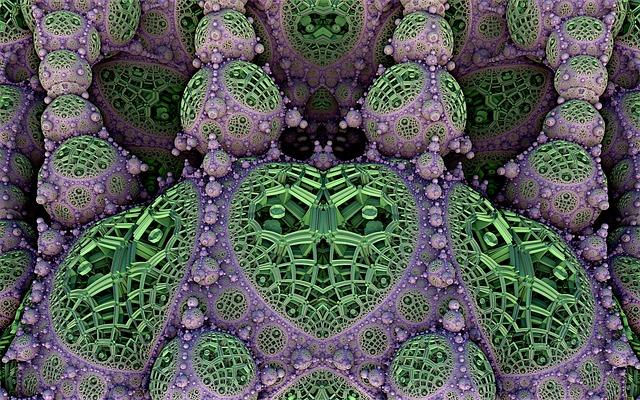Study worries scientists: nanoparticles penetrate into the brain through food

Nanomaterials can penetrate deep into the food chain and even end up in the brain through food. Researchers at Leiden University have discovered this. They have shown that nanoparticles of gold can end up in the brain of fish in this way.
Researcher Fazel Monikh suspects that this also applies to humans. ‘Fish are often used as models in toxicology studies,’ he explains. ‘They also have blood, just like us. There is no big difference between the systems.’
Nanoparticles are extremely small. They have a diameter between 0.0000001 and 0.00001 centimeters. The applications are all around us: from computer chips and solar panels to cosmetics and paint.
In the Leiden experiments, the nanoparticles were contained in algae. Via the algae, they ended up in plankton and thus in the fish that ate it.
The particles changed shape and size with each step. ‘This allowed the nanoparticles to spread through the body in a very different way than estimated on the basis of their original shape.’
In the fish, the tiny particles were found to accumulate in the brain. “They go in easily, but come out difficult,” says Monikh.
He finds the results worrying. “It means that nanomaterials can penetrate our food chains much further than we previously thought. And that they can even end up in the brain, while that organ is normally very well shielded by the blood-brain barrier.”
Nanotechnology Revolution
The researcher at the Center for Environmental Sciences argues in favor of not simply applying new nanotechnologies and investigate the effects first thoroughly. For example, it is currently still unknown to what extent nanomaterials accumulate in the human body and their consequences for health. At the same time, nanotechnology is advancing further and further.
The measurement method developed by the researchers makes it easier to determine how nanomaterials spread. “If we gain more insight into the behavior of these materials, we can also start working on their safe application,” says Monikh. “That is certainly necessary now that we are in the middle of the nanotechnology revolution.”
The results of the study appear today in Nature Communications.




